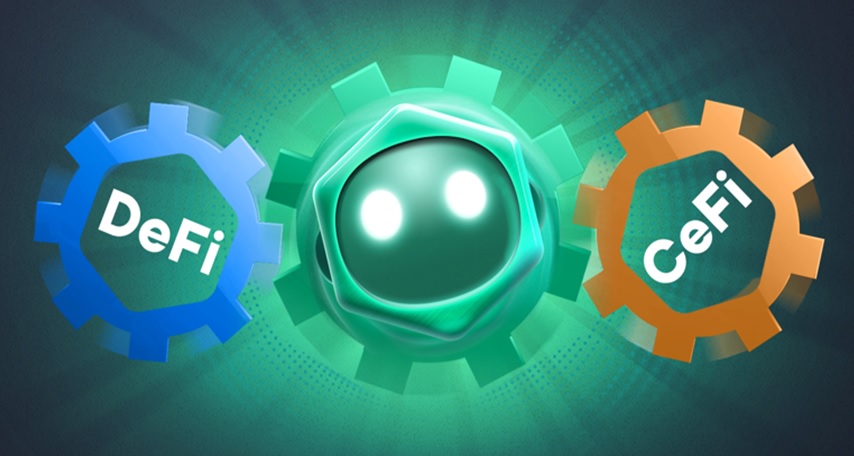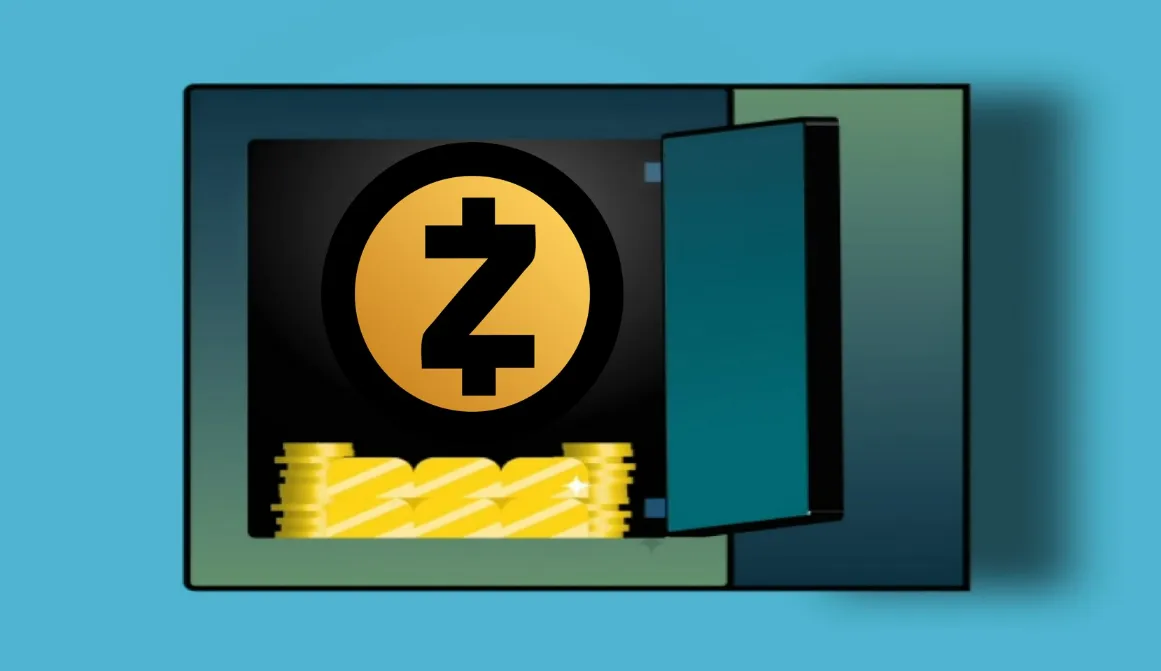Since the innovation of decentralized finance (DeFi), the world of finance has experienced a more productive solution to traditional financing systems. This isn’t the reason for the endless debate on DeFi Vs CeFi, however. To fully ascertain why these two systems matter a lot and their validity in solving financial problems, we’d have to know their differences. Let’s feature you in a head-to-head comparison between DeFi terms and CeFi. Shall we?
Let’s start with definitions.
What is Decentralized Finance (DeFi)
In the goal of cryptocurrency to make universal payments easy, secured, and accessible, a few networks and systems have to be in place. In a nutshell, Decentralized finance (DeFi) is simply a merger between key operations of traditional financing systems and decentralized technologies. Also referred to as ‘Open Finance’, DeFi fully operates in an inclusive format with decentralized tech like BlockChain.
Primarily, at DeFi terms, you can now access services that include asset trading, checking accounts, insurance, savings, loans, and more. Today, DeFi still serves as the major driver for the evolution of the finance sector. Unlike the stress of walking into financial institutions, all you need for your DeFi transactions is a smartphone. This means you have your bank on-the-go without the policies and procedures required by any financial institution.
What Is Centralized Finance (CeFi)
Let’s just dive into the explanation of centralized finance and how it affects you. CeFi basically incorporates the operations of traditional finance systems by allowing you to get interest on loans. Except unlike most financial institutions, access to your cryptocurrency is the only collateral required. In summary, you earn interest on loans because the platform uses your cryptocurrency for other investments on the BlockChain. It’s only fair that you get a percentage.
Till date, CeFi platforms have several investors and money lenders enjoying lucrative returns from the centralized finance system. The entire idea behind CeFi is creating a closed financial system that benefits consumers and investors. Closed financial systems have always had strict terms and conditions that almost didn’t favor the consumers. However, since the evolution of centralized finance, you can now trust to get value from your commitment to the system.
DeFi Vs CeFi: Their Benefits
Interestingly, both financial systems come with unique benefits. For CeFi, users have the benefit of risk-transference. Centralized finance, just like making transactions with banks and other financial institutions, guarantees safety. Some may say, why do they take on the high-level risk? Well, the answer to that is because they own custody of your funds. Of course, other T&C DeFi offer their customers a 100% guarantee on their funds, but at least CeFi users get security.
Major Crypto banks like Coinbase and Binance with years of operation offer security to their users. Also, all centralized finance platforms are always designed with a highly sophisticated yet easy-to-use interface. This feature makes CeFi platforms simple for first-time users to navigate around their services. CeFi platforms make the goal of cryptocurrency achievable by making their services available and accessible to all.
DeFi users, on the other hand, stand to benefit from the non-custody advantage of the platforms. Decentralized finance users have the upper hand of being in total control of their funds. This advantage is the reason most crypto users prefer DeFi platforms to CeFi. Majorly because they only have to interact directly with DeFi’s interface for their transactions. The activities carried out on these platforms include lending, transfer transactions, or making token exchanges.
DeFi Vs CeFi: The Common Drawbacks
Now that we’ve looked through a few advantages let’s discuss some of the disadvantages of both platforms. CeFi users have always had to deal with custody risk that comes with using the platforms. CeFi platforms are often targeted by hackers, mainly because of the high liquidity the system operates on. Users who have been victims of the unfortunate hacks on any CeFi system lose their investments immediately.
DeFi protocols, on the other hand, have their biggest flaw on what is assumed to be their secured tool. Since the protocols operate fully on codes, it’s been assumed that it is not vulnerable to human alterations and tweaking. However, trusting a system on such a large scale with robots and codes isn’t the safest thing to do. Another major disadvantage of these platforms is that every user is completely responsible for their risk. We guess that’s why the term ‘non-custodial’ makes sense.
Over time, there have been several arguments about non-custodial platforms being the best for personal finance. However, in the event of a bug, first-time may be unaware of the high risks behind the protocol. Also, only a few DeFi apps would boast of a captivating and easy to navigate user experience. This makes it extremely difficult for newbies to get familiar with the features which could result in the loss of their investments.
DeFi Vs CeFi: What To Expect In The Future?
Like we have it today, the world has evolved from centuries ago when we were referred to as cavemen. As we have it today, several individuals now take a huge percentage of their investment from financial institutions. With cryptocurrency playing a major and promising role in the financial systems today, both DeFi and CeFi platforms have bright futures. Both platforms offer their users features that enable open finance, quicker transactions, and attractive returns on investments.
Even when this article is about the ongoing DeFi Vs CeFi arguments, it truly doesn’t matter where your investment lies. Both platforms still lead to a future where traditional banking as we know it today becomes extinct. At this point, everyone’s looking to play safe and ensure their investments are secured. However, in the future, when cryptocurrency becomes the new normal, we’d tell a different story.
Conclusion
Both centralized and decentralized finance have a few similarities and of course, differences from one another. However, they can only be placed side-by-side because of the acceptance of cryptocurrency today. Since we develop a better financial system that works other than the traditional banks, everyone pays more attention to cryptocurrency. In a few years from now, we expect that digital currency gains more ground with better benefits.













